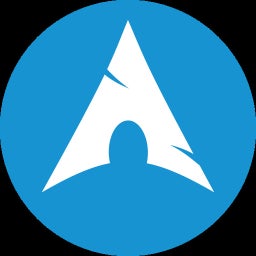Sounds like they might be pumping water into that shrimp. They do it for chicken breast and I think up to half the weight of the product can be water added or something ridiculous like that.
- 0 Posts
- 4 Comments

 7·1 year ago
7·1 year agoIMO Clojure really shines with a REPL-driven development, where you have a REPL to interact with a live running application. You can have a very productive workflow where you conduct little code experiments and incrementally build up functionality. Typically, in this workflow, you’re also sending code (as S-expression forms) to the REPL from your editor to inspect or test the output (some tools have inline display of the output like the Calva Clojure extension for VS Code ). Any tests you come up with in the REPL can usually be turned into unit tests fairly easily (e.g. copy/paste into a tests file) and those tests can be run automatically on source change in the background as well or from the REPL itself. There are also tools on built on top of the REPL that can be used for live inspection of data structures, data visualization/exploration, creating watches on variables, etc. Although the Clojure REPL is best used when developing Clojure applications, I’ve also found it useful for getting familiar with Java apps such as a complex Spring Framework web app that I had to work on.
For Python, I typically use Jupyter/IPython to hash out and test the functionality I need and I find provides a much superior experience to just using the regular
$ pythonREPL. With PyCharm, the Jupyter integration is really nice and makes the experience a lot more liquid than having to flip between a browser tab and your editor. It’s not quite as nice as a REPL integrated with your live running app, but I personally find it more productive than running a debugger or just spamming print statements and modifying and rerunning my Python script 100X.I really hope that more languages start to better support for more exploratory, experimental development workflows since sometimes I just want to play around to get familiar with using a library or tool in a sandbox. I think there’s a lot of room to improve developer productivity through blending and integrating together REPLs, notebook-like environments, hot code reloading and other tools/techniques to enable rapid prototyping and faster feedback for developers. Tests and type checking are very useful when you’ve figured out what you need and need to have sanity checks, but can be a major hindrance in that “figuring it out” exploratory stage.
The Arch wiki has some really good info on using dd for cloning. I’ve done it myself successfully with dd, but double and triple check to make sure your command is correct before continuing. Both drives would need to be connected to the same machine at the same time (new drive in a USB enclosure or in a spare PCIe slot)
https://wiki.archlinux.org/title/Dd#Disk_cloning_and_restore
It might be worthwhile to check out GUI alternatives to dd if you feel more comfortable in a GUI vs terminal:


Sounds very similar to the Elan School: https://elan.school/
It’s distressing that such schools and centers can exist and thrive.